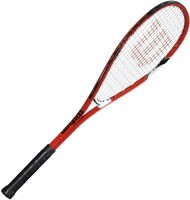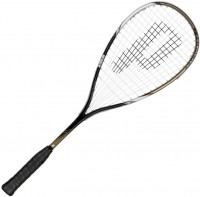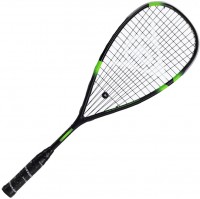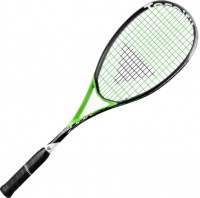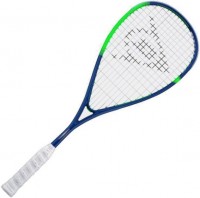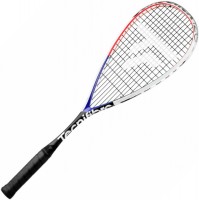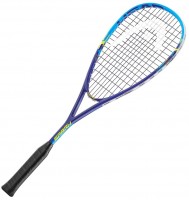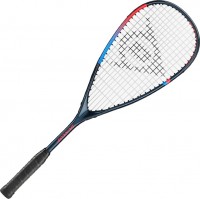Squash Racquets Dunlop
All Squash Racquets Advanced filters → |
You might be interested in
Squash Racquets: specifications, types
Age
This parameter determines exclusively only the age category of players for whom this or that racquet is intended.
— Adult. Rackets in this category are intended for players aged approximately 14 years and over, regardless of their gender or level of play.
— Children's. These rackets are designed to teach the game to children under the age of 13. For children, it is recommended to purchase just such rackets, because, due to their low weight and relatively large head area, they allow you to protect the child’s still fragile joints from overstrain, on the one hand, and on the other, allow him to miss the ball less.
— Adult. Rackets in this category are intended for players aged approximately 14 years and over, regardless of their gender or level of play.
— Children's. These rackets are designed to teach the game to children under the age of 13. For children, it is recommended to purchase just such rackets, because, due to their low weight and relatively large head area, they allow you to protect the child’s still fragile joints from overstrain, on the one hand, and on the other, allow him to miss the ball less.
Frame material
— Aluminium alloy. Aluminium rackets are the simplest and most affordable option, the advantages of which are limited to low cost and excellent service life. It is an aluminium racquet that can serve as a good solution for teaching children how to play, since it is more resistant to mechanical damage.
— Carbon (graphite). Typically, the vast majority of quality rackets today are made using graphite. This is the most popular material for squash rackets, the main advantages of which are lightness and strength. Often manufacturers make rackets not from pure graphite, but from an alloy of various materials (graphite, titanium, aluminium).
— Carbon (graphite). Typically, the vast majority of quality rackets today are made using graphite. This is the most popular material for squash rackets, the main advantages of which are lightness and strength. Often manufacturers make rackets not from pure graphite, but from an alloy of various materials (graphite, titanium, aluminium).
Racquet length
The standard length of a squash racquet is 686 mm, which is the standard set by the International Squash Federation for competition. But for children and teenagers, it makes sense to choose a shorter model.
String surface area
Usually, the area of the head of a squash racquet ranges from 460 cm2. up to 500 sq. cm. The larger the area, the stronger the impact, but the worse the control over the ball.
String formula
The string formula means the ratio of the number of vertical and transverse strings. For example, the formula 14/16 says that the racquet has 14 vertical and 16 transverse strings. The higher the density of the strings, the tighter the stretch, the greater the control of the ball and the lower the comfort on impact. Conversely, a lower-density racquet may deliver higher hitting power, but less ball control.
Balance
The balance of the racquet can be to the head, to the handle, or neutral. You can determine this in a simple way: putting the middle of the racquet on your index finger and looking in which direction it leans. The balance is often denoted by a number, if this number is more than half the length of the racquet — balance to the head, if lower — to the handle, if equal — neutral.
— To the head. A head-balanced racquet performs best in attacking play, as it can provide a stronger hit, especially when serving.
— In the pen. A handle-balanced racquet is more manoeuvrable and can perform best on defense.
— Neutral. Such a racquet may be the most versatile solution.
— To the head. A head-balanced racquet performs best in attacking play, as it can provide a stronger hit, especially when serving.
— In the pen. A handle-balanced racquet is more manoeuvrable and can perform best on defense.
— Neutral. Such a racquet may be the most versatile solution.
Case
Many squash racquets come with a special case for both storing and carrying the racquet.
Weight
The higher the weight of the racquet, the stronger the blow, but such a racquet is harder to control, and its manoeuvrability is lower. Usually, the weight of a squash racquet ranges from 110-200 grams.

